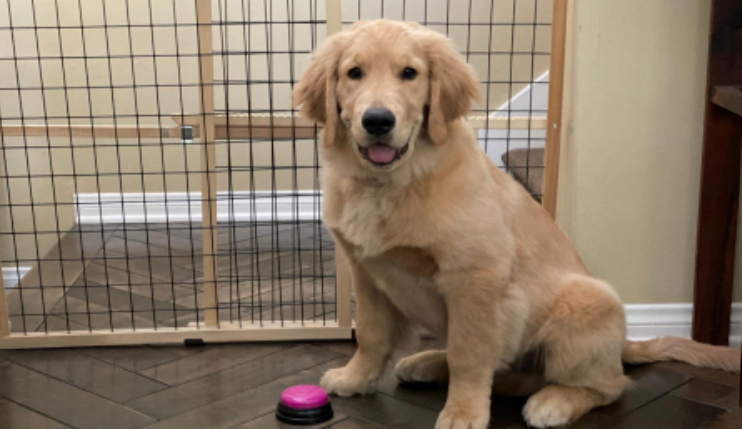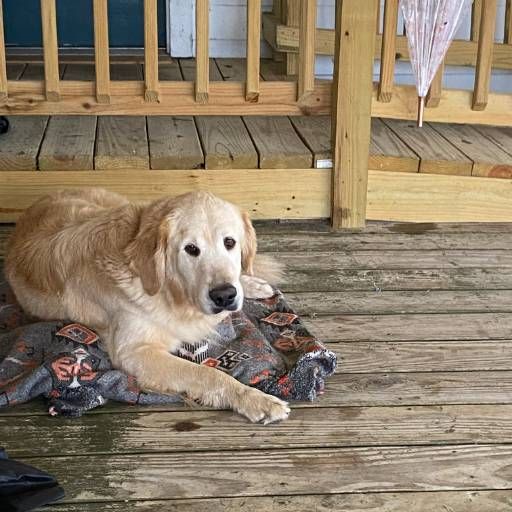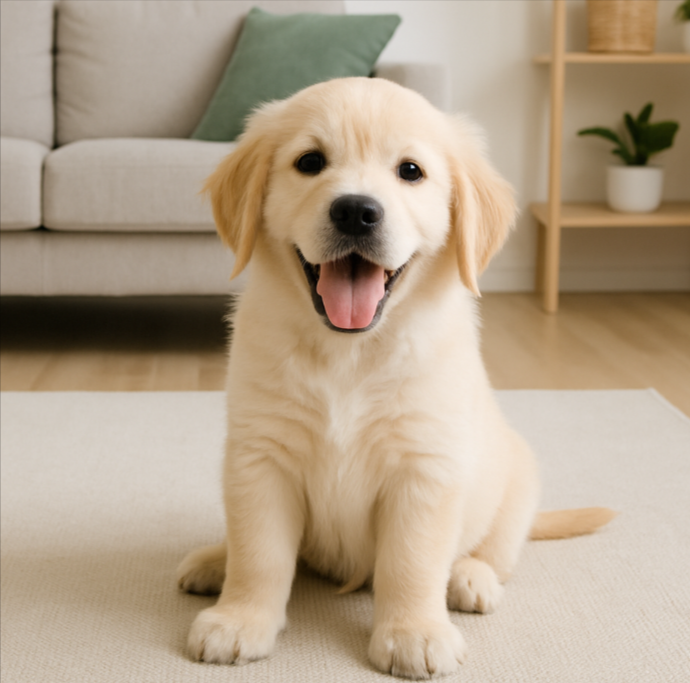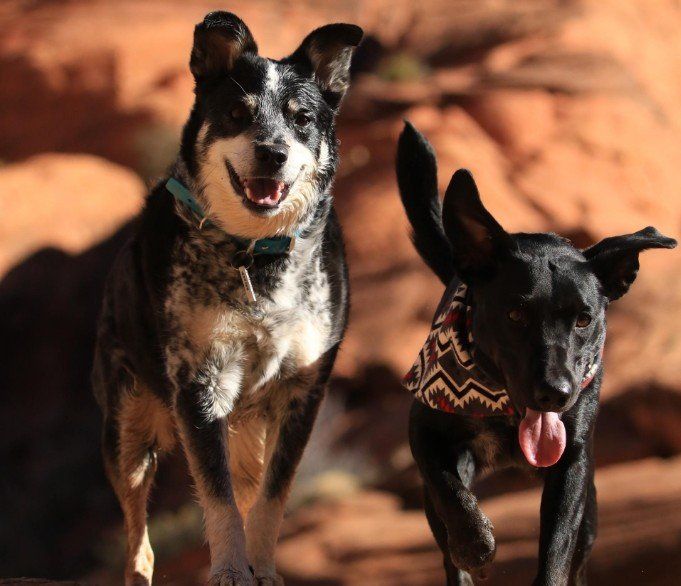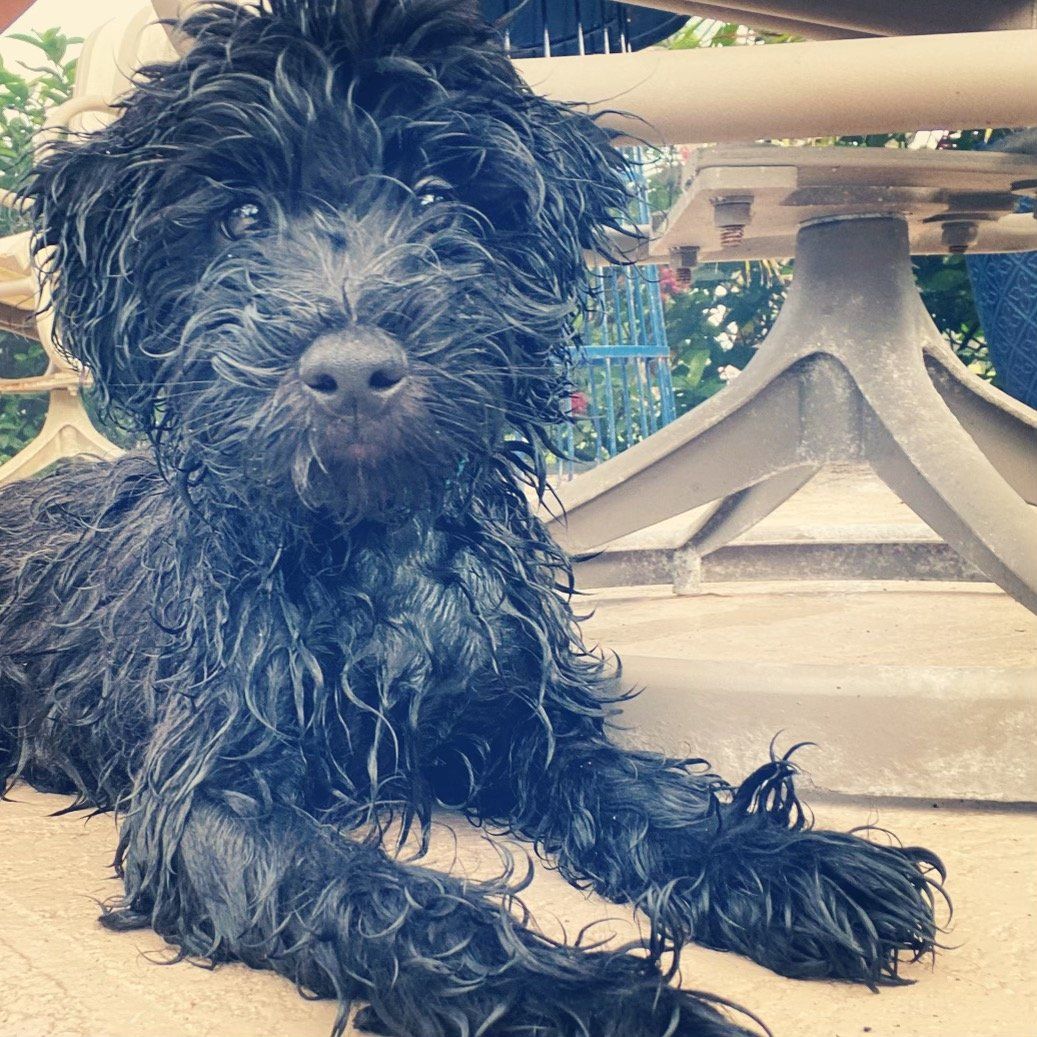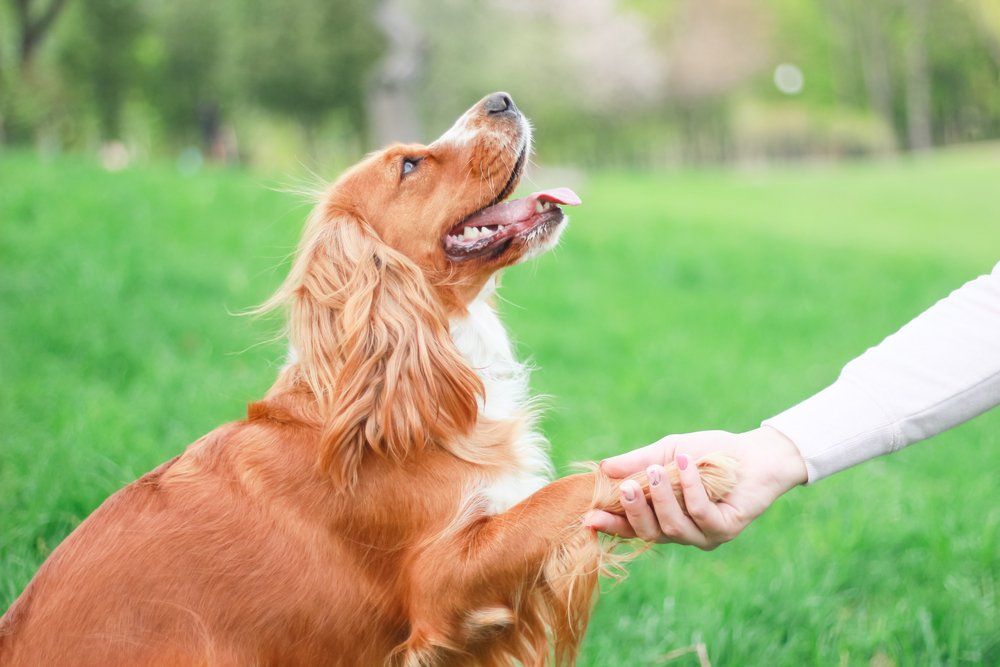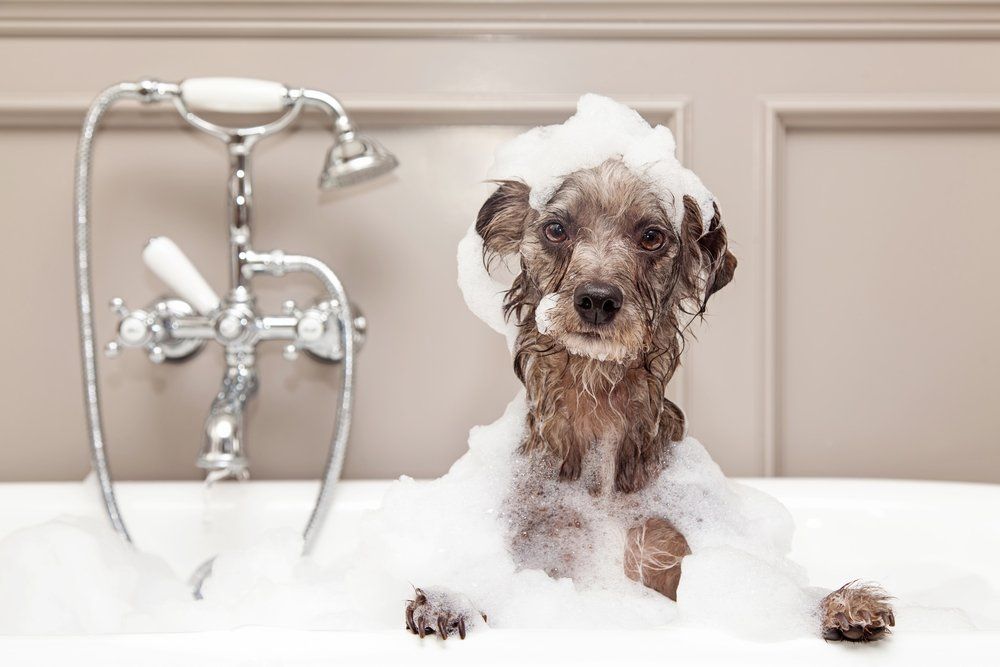Alpha Dogs, Dominance and Social Status
No matter how many people are in the world who treat their dogs as if they were their children, there are still people who believe that the only way to train a dog is by imposing dominance. In fact, some people think that dogs are just like wolves and that it’s best to just throw them on their backs and scream at them.
It’s needless to say that we wouldn’t do that to wolves unless we really wanted to get ourselves in trouble. So, even though this sort of training might work for some dogs, it is essentially bad advice. Nevertheless, capital punishment is very popular when it comes to dogs, and it is still a common occurrence to advise new dog owners to use it. It’s almost like advising new parents; only most parents wouldn’t push their babies onto the floor and scream at them, just so that they could show them who’s the real boss.
People who give these pieces of advice are usually those that grew up with dogs. However, growing up with dogs doesn’t make us experts. We don’t know other dogs — we only know those that our families kept. In order words, we’re not really qualified to say anything about dogs that are not in our care.
A professional’s take on dog training
Conflicting advice is common, and most people would just love to share their stories about dog training with us. However, we’ve seen how confusing these pieces of advice are, and it’s even worse when we talk to professionals.
More often than not, professional dog trainers also believe that being the alpha is the only way to train a dog. They believe that dogs need to be frightened and that they deserve the highest level of tough love. However, in the sea of these sorts of trainers, there are also those who don’t think that pet dogs know what dominance hierarchy is.
This “dominance hierarchy” way of thinking stems from the fact that people believe dogs are wolves. Yet, we fail to recognize the fact that even though they are the same species, they are not the same animals. In fact, dogs evolved from dogs that preferred to live independently, rather than in packs. These dogs used to go through villages, hoping to find something to eat. So how can we expect them to understand social hierarchies?
Social hierarchy
Our dogs have seen us struggle while trying to understand social hierarchy. However, they are not really affected by that way of thinking. If we could just ask them, we bet they would tell us that incorporating this hierarchy into dog training would be simultaneously simple and complicated. But how is that possible?
Well, when it comes to social hierarchies, we cannot just see them as linear pecking orders. We mustn’t simplify them, as they are not simple.
And that is where all the problems with dog training lie. “Show him who’s the dominant one here” is a common piece of advice most dog trainers, and even dog lovers, gladly throw at us. But do we actually know what dominance means?
Dogs act like wolves, and they need to be stopped. Or...do they?
Most of our assumptions about dog behavior in social surroundings are based on wolf behavior. And sure enough, they’ve given us a chance to get to know our pet dogs a little bit better.
There are some parallels between dogs and wolves. For example, dogs also guard their territory, and they have rituals when it comes to greeting other dogs. With their visual signals, they let other dogs know what their social rank is. Furthermore, when a wolf gives us a submissive grin, it’s the same grin a dog would show us.
However, some inaccuracies have seriously affected the way we train our dogs. People have made horrible assumptions about dog behavior, and those have led to the rather inhumane treatment of these poor animals.
The alpha roll-overs
Dog trainers and dog training enthusiasts swear by the alpha roll-overs.
The gist of this method is to grab the dog, throw it on its back and scream at it. The reason for using it is the fact that wolves also do the same thing.
But this sort of assumption is very inaccurate. In fact, when wolves feel tension in their social surroundings, they actually become passively submissive. They just roll over themselves! Therefore, just casually throwing the dog onto its back and screaming isn’t a natural occurrence in any wolf’s or any dog’s life — it’s just crazy behavior.
And we all know what happens when we decide to use this “technique” on our dogs. Most of the time, the dogs fight back. Why wouldn’t they? We are essentially attacking them out of nowhere and in a particularly vicious way. So the only result is a vicious dog — a dog that fights back, just like abused children.
When we believe that dogs are just cruel and we label them as vicious, we fail to recognize that they are sticking up for themselves. Thus, dominance is the only solution in the eyes of many people.
But cruelty is not dominance. It’s not what we believe it is, especially when it comes to dogs. It’s not a synonym for harsh training and essentially — violence.
Social status
For humans, social status is everything. It’s what determines the life we are going to lead once we are born, and we tend to respect it throughout our existence. So it’s not really strange to think about dogs in a similar way.
Dogs also have social status, and we see that whenever dogs greet each other. It has the same importance to them as it has to humans. And, of course, just like with humans, some dogs are of higher status, while others are low-ranking dogs.
With violent dog training, we actually fail to see the big picture. However, ethologists have facts that can help us understand how animals interact in social surroundings. Those facts can better our relationships with dogs and put everything in a different perspective. They can show us that violence is never the answer.
Dominance vs. aggression
Humans have observed animals for hours and hours, and there are some things that we’ve learned along the way. These things have been noticed in the behavior of a wide range of animals that prefer to live in groups, for example, chimpanzees and coyotes.
But, in order to understand why dominance isn’t something we should use to train our dogs, we have to differentiate aggression from dominance.
Dominance is all about social hierarchy. It is a position that implies that one individual has more freedom (in terms of social surroundings) than another one. Familiar, isn’t it? It’s the same position that makes some people more equal than other people. And, even though we might be egalitarians in our souls, we know our place. If the president stopped by our house wanting to chat, we would let him in. However, if we went to the White House for a casual chat about Game of Thrones, we would probably get tackled by security. It doesn’t work that way — because dominance and a higher social status remove the equality between us.
That is a great example of social hierarchy. Yet, just because some people have a higher status than others, it doesn’t mean violence breeds dominance. Yes, it is a way to gain power, but frankly, it’s not really a good one, is it?
If dominance bred violence, then it would imply that the individual could remain in a high position only through force and vigilance. But aggression cannot last forever. Fighting all the time for power is not only dangerous but also futile. Just ask predators. If violence was the only way to become dominant, then dogs wouldn’t even exist. With their sharp teeth and aggression, there wouldn’t be anyone left to be dominant.
So, in order to solve these issues, Mother Nature gave us social hierarchies. But in contrast to popular beliefs, these hierarchies are based on understanding. Their existence is, in essence, determined by the lack of violence.
Alpha-wannabes
When someone wants to be a leader, their character is what will determine how they become one. For humans, elections are a common method. For other species, coalitions and family relationships are the determining factors.
But there are those animals and humans that have a natural air of confidence around them. These individuals can take over a group with just their presence — they are, essentially, alphas.
This sort of confidence is a leadership quality, and all species value similar traits. For example, a sheepdog handler will always go for a courageous dog than a less confident one. Why? Because the former can actually convince the sheep to submit. In contrast, the latter has to use violence to get the sheep to do what it wants. It will bite and nip until sheep submit. There are even those dogs that will hold on for their dear life while grabbing onto the wool with their teeth and probably praying that the sheep listen to them.
The panicky dogs that use violence to get what they want are known as “alpha-wannabes.” And, of course, there are humans that are alpha-wannabes as well. Most often, they are bosses and dog owners who use violence so that they can feel like alphas at least once in their lives.
The other end of the spectrum
The worst job for a dog is probably being a pet dog of an alpha-wannabe. However, there is another issue that’s entirely in contrast to those types of owners. There are, in fact, dog owners that let the dogs be dominant all the time.
We’ve all seen these people at least once in our lives. They are the owners that spoil their dogs rotten. They give them massages and treats, and they drag them everywhere with them.
But make no mistake — dogs eating quality food or sleeping in comfy beds is not the problem. It’s the owners. They cannot bear to deny them anything.
This sort of dog training, or better, the lack of it, is again, not good for our dogs. More often than not, these dogs are frustrated. They never learned how to accept NO for an answer, which leads to temper tantrums. And sure, it’s cute when a puppy has one, but we wouldn’t want to see a Rottweiler throw one at any given moment.
Since these dogs are catered to every day, just one single NO can flip the switch. They were already nervous before that because they weren’t actually being taken care of. So, in just one second, they can refuse to accept the fact that their owners have decided not to give them the ball they wanted. And, just like that, they can also become violent and insufferable.
The world is a scary place, even for dogs
No matter if we love dogs or not, we have to be aware of the fact that they are sometimes just as scared as we are. And, just as we want to have someone to lead the way to a better life, they want that too.
Nowadays, leadership has many negative connotations. However, there are people who believe that benevolent leaders are the right choice. And in most cases they are, but it’s very hard to protect others without boundaries. That’s why owners that spoil their dogs are usually unsuccessful in training them properly. In essence, we, and the dogs as well, all want good leadership because we prefer not to make some decisions ourselves. Instead, we want to count on someone else for safety and wise decision-making.
Final thoughts
Benevolent boundaries are desirable when training alpha-wannabe dogs. If we let them do what they want all the time, they can easily become problematic. They can become violent while seeking social control, even though they are rather insecure on the inside.
That’s why it’s difficult to find a balance between dominance, social status and the way we treat our dogs. It seems simple at first, but it’s actually complicated.
Both dogs and people need social status when living in organized groups. However, social status is not gained through violence nor is it a synonym for dominance. What’s more, it’s just one aspect of our dog-human relationship.
We have to be aware of the fact that dominance has been overemphasized. We have been served inaccurate information about it, and throughout history, people have mistreated dogs because of it. But, if we put in the effort and really understand the essence of dominance, then our dogs might be a lot happier.
This change in perception of dog owners has been building up for a while, and luckily, most people have already turned their backs to the “dominance” training methods. However, we mustn’t indulge our dogs either.
These animals are in our care, and they cannot quit their jobs as pets at any given moment. Because of that, we have to be their friends and their playmates. But, at the same time, we must provide them with benevolent leadership. Essentially, we should be their parents and their teachers at the same time.

